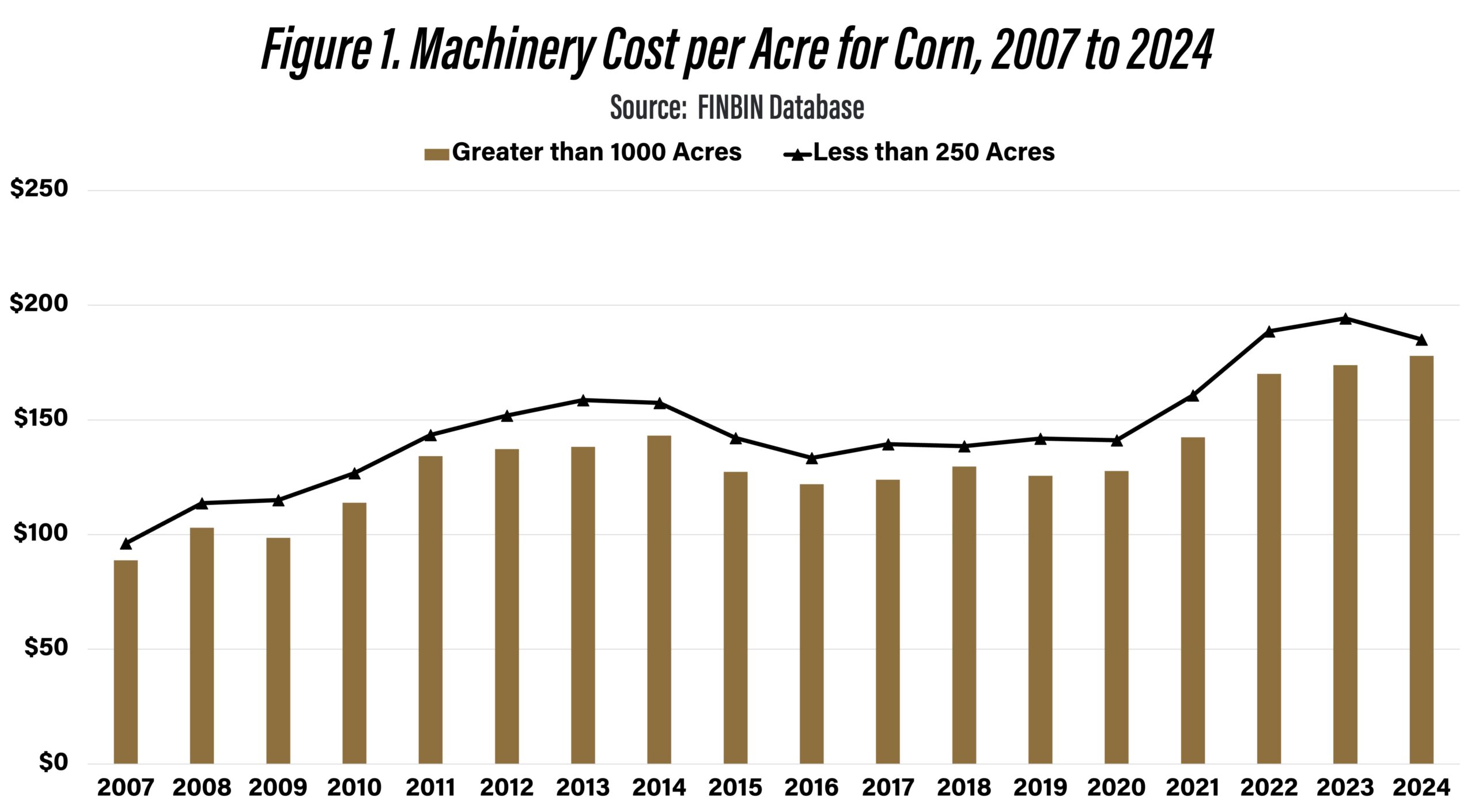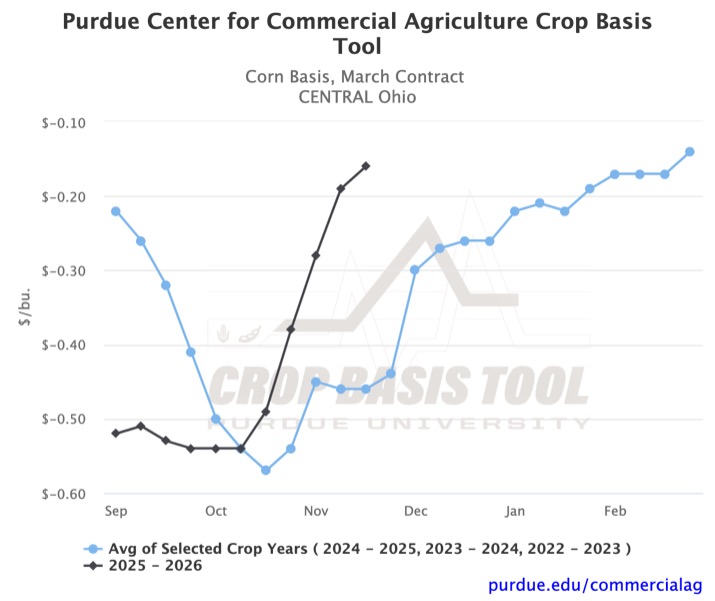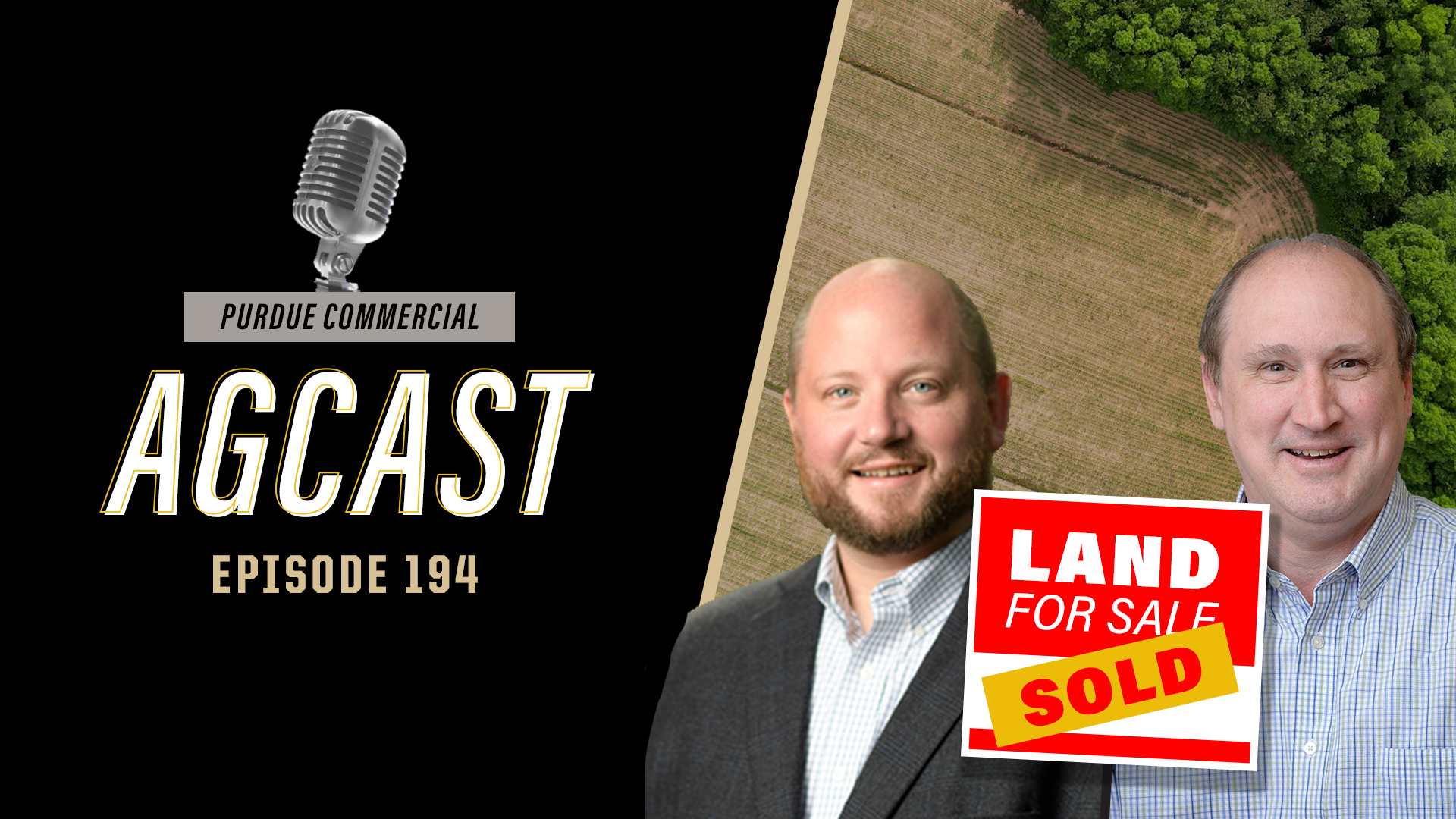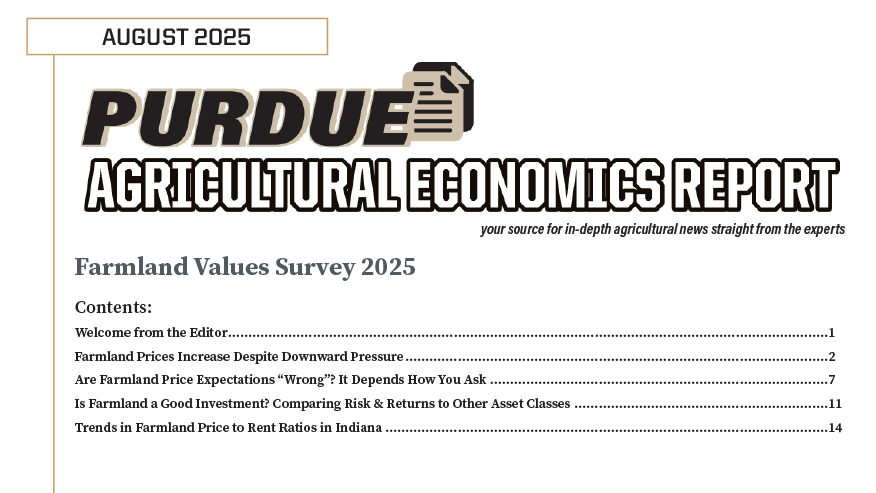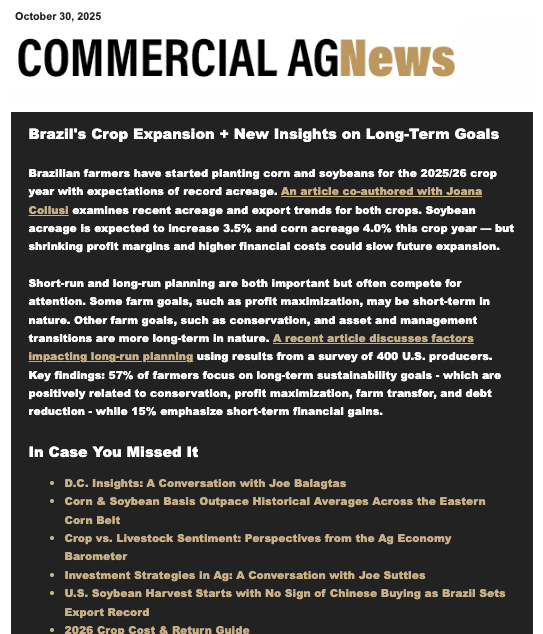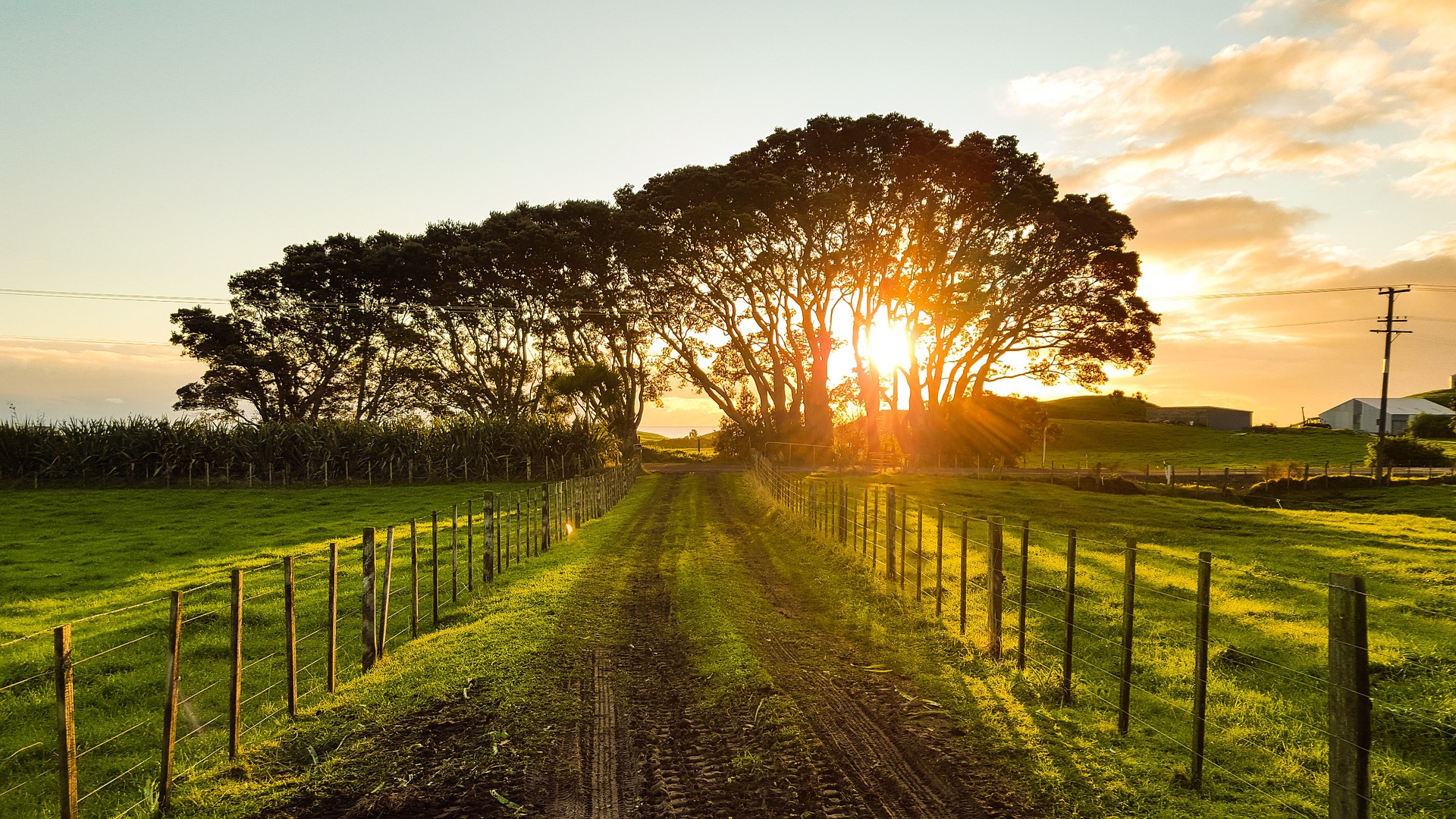Join us: January 9, 2026
Top Farmer Conference to Explore Global Competitiveness, Tariffs & Long-Run Market Outlook
Popular Topics
Ag Economy Barometer
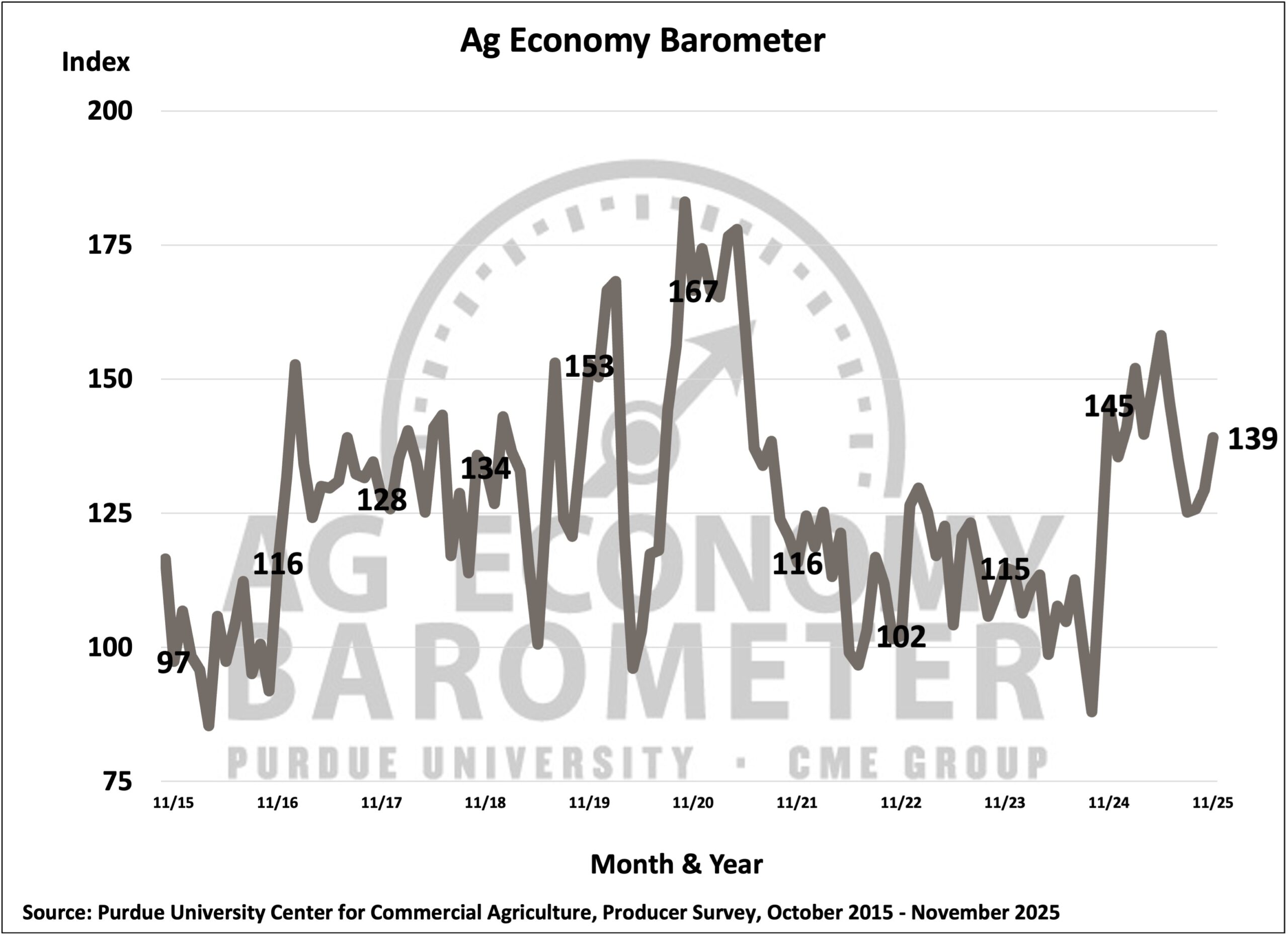
Better Outlook for the Future Pushes Farmer Sentiment Higher
The Purdue University/CME Group Ag Economy Barometer is a nationwide survey of U.S. agricultural producers that measures their outlook on the farm economy. Released on the first Tuesday of each month, the ag barometer offers insights into farmer sentiment, financial conditions, farmland values, and key market trends.
I want to learn about
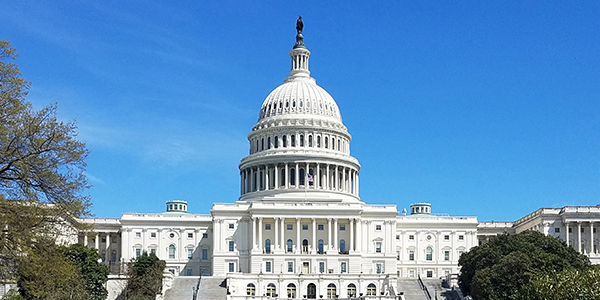
Agricultural Policy
Confidently Navigate Today’s Ag Policy Environment
Stay current with farm bills, trade policy, and crop insurance—and see how federal and state policy decisions impact your farm business.
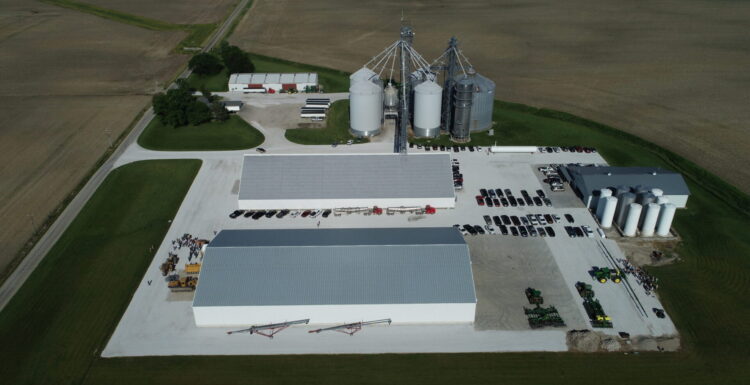
Strategic Business Management
Manage Risk & Position You Operation for Long-Term Success
Helping you build strong people, make smart investments and confident decisions that keep your business resilient year after year.

Financial Management
Strengthen Your Farm’s Financial Health & Drive Profitability
Practical tools and guidance to better understand your balance sheet, track performance, and make confident investment and financing decisions for your farm business.
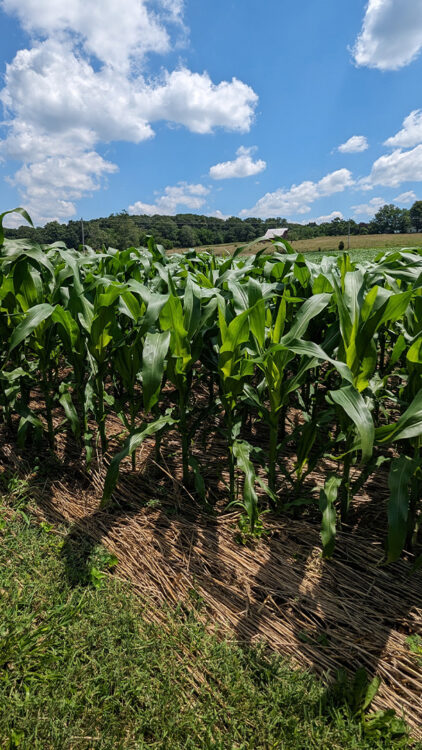
Production & Marketing
Stay Ahead of Crop & Livestock Commodity Trends & Shifts
Get timely insights on corn, soybean, cattle, hog, and poultry markets across the Eastern Corn Belt and global trade arena—helping you make informed, profitable decisions.

Farmland Markets
Make Informed Decisions on Land Purchases, Sales, & Rental Agreements
Stay up to date with Purdue’s farmland value surveys, cash rent research, and market outlooks to better evaluate opportunities and negotiate fair, data-driven land agreements.
Podcast
Purdue Commercial AgCast: Conversations that Drive Smarter Decisions & Stronger Farms
Listen to the Purdue Commercial AgCast for timely insights from Purdue ag economists to navigate markets, policy, and management decisions on your farm. New episodes are released on the first and third Tuesdays of each month.
